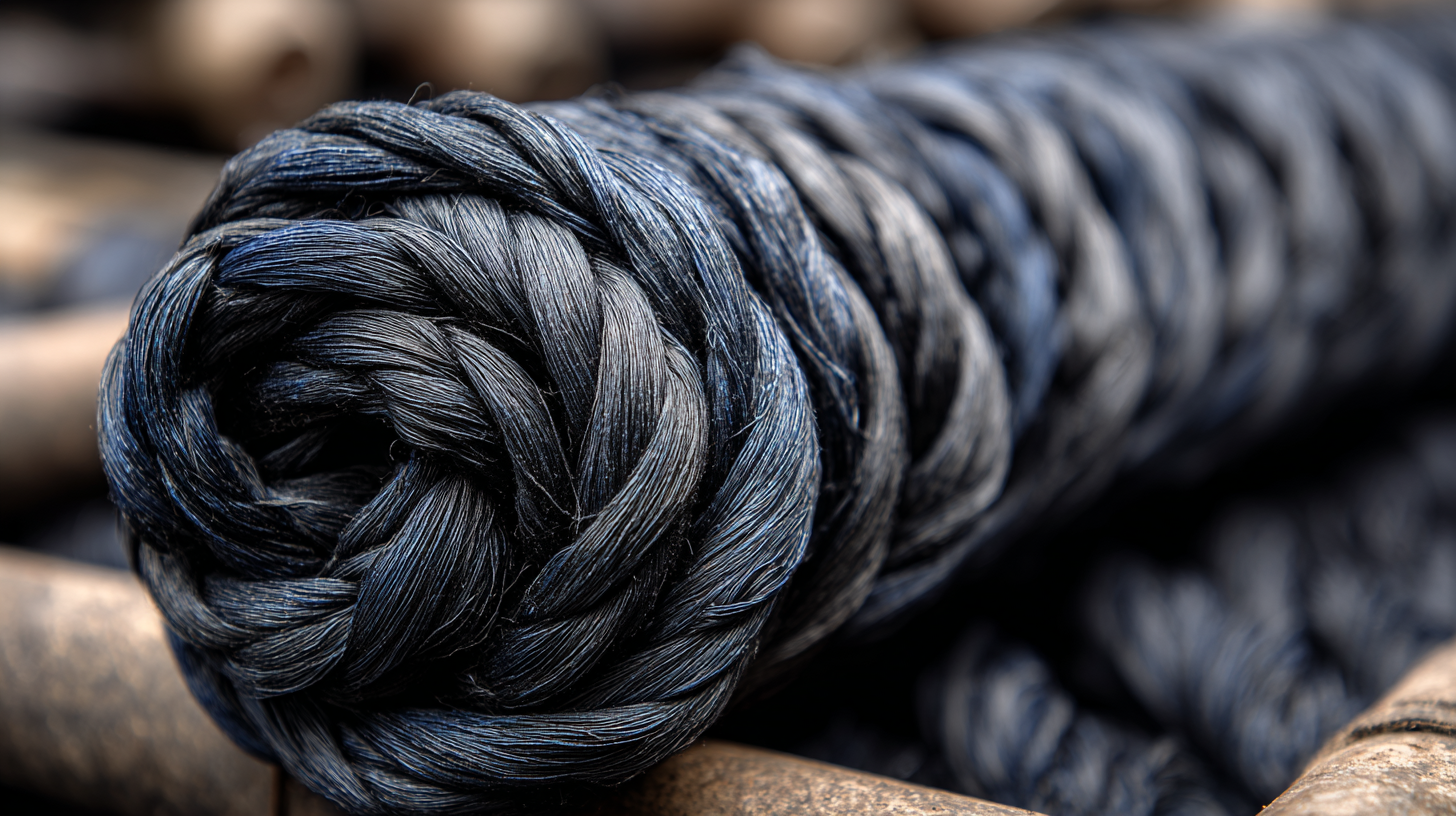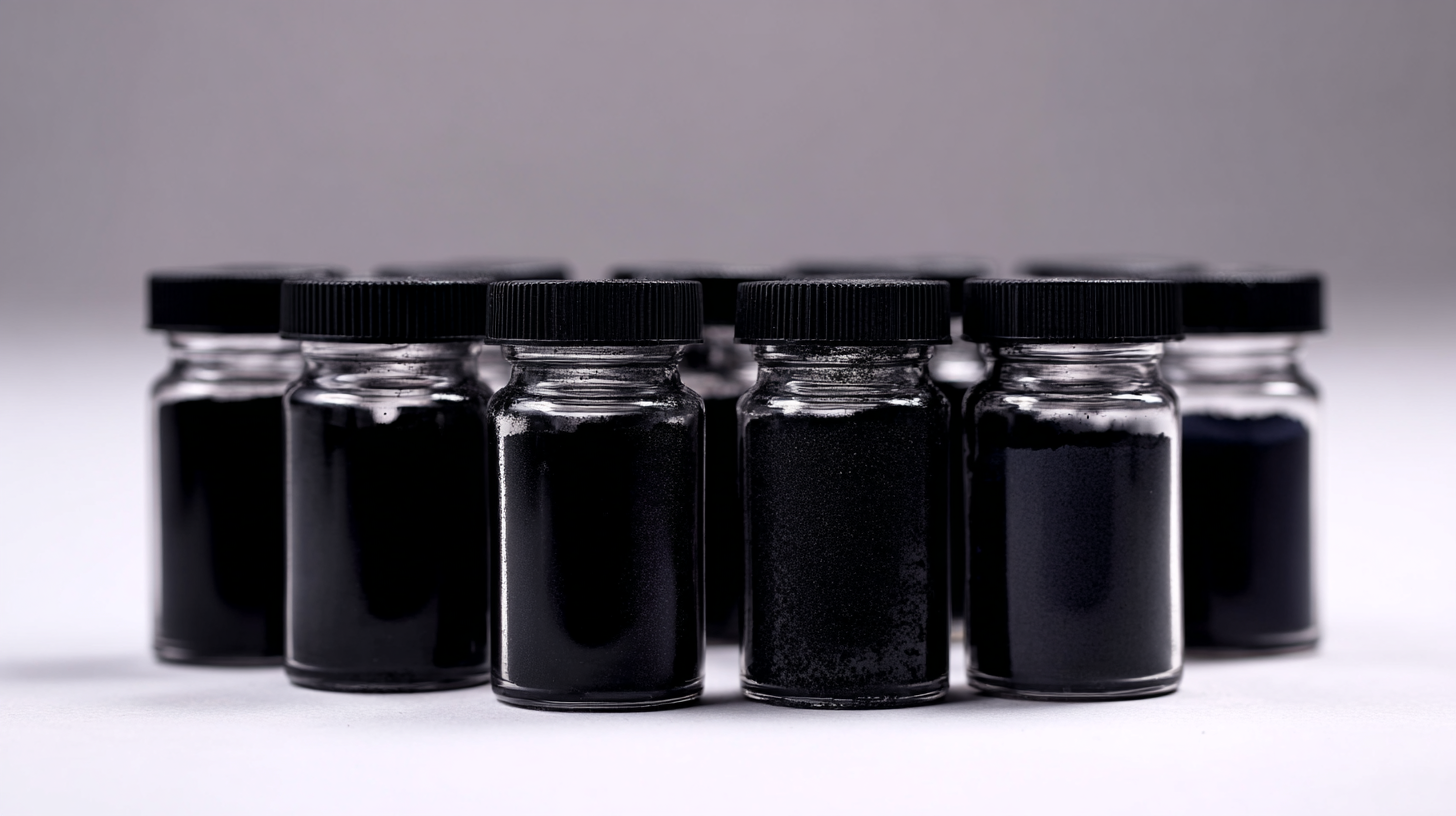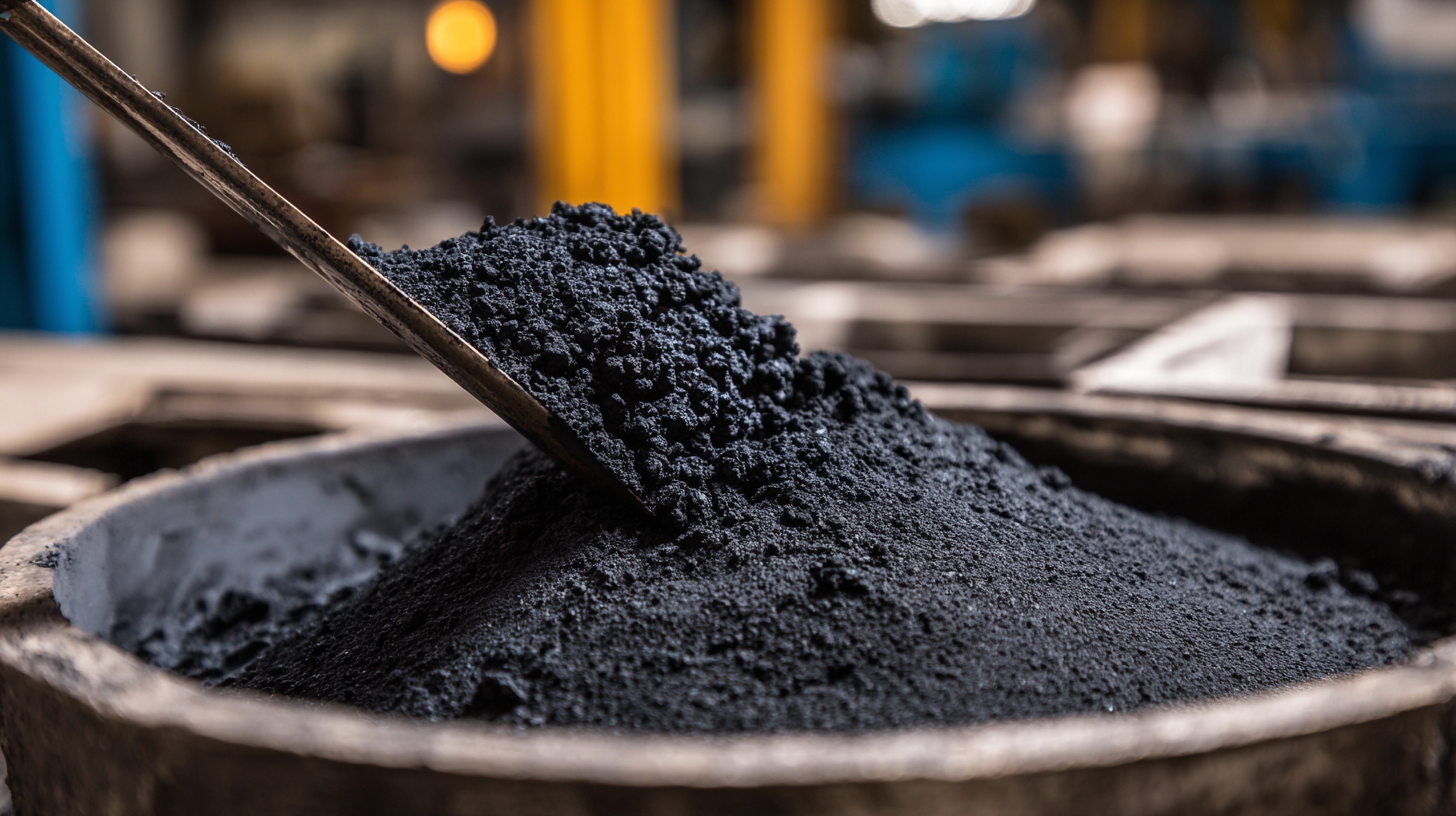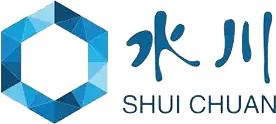In the rapidly evolving landscape of global manufacturing, the demand for high-quality materials has never been more critical, particularly in the textile and automotive industries, where color integrity is paramount. According to a report by Grand View Research, the global dye market was valued at approximately $5 billion in 2021 and is projected to expand at a compound annual growth rate (CAGR) of 4.5% from 2022 to 2030. Within this sector, Black Dye stands out as a crucial component, used extensively for its versatility and the rich, deep color it imparts to various products. As manufacturers increasingly prioritize quality and sustainability, the focus on sourcing premium Black Dye from reputable suppliers in China has surged, reflecting a broader trend of integrating advanced manufacturing practices with high-performance chemical applications. This blog will delve into the nuances of sourcing the best Black Dye from China, offering tips for ensuring quality and compliance with global standards.

In the realm of textile production, the demand for high-quality black dye has spurred innovative techniques that redefine the standards of China manufacturing. Companies are increasingly adopting advanced methods that not only enhance the richness and depth of black hues but also prioritize sustainability and safety in their processes. By utilizing cutting-edge technology and eco-friendly materials, manufacturers are setting a new precedent for environmental responsibility while meeting the growing expectations of global markets.
One notable innovation is the extraction of natural dyes from biodegradable sources, which significantly reduces the chemical footprint commonly associated with synthetic dyes. This approach not only ensures vibrant and long-lasting colors but also aligns with the global shift towards greener practices in manufacturing. Furthermore, research and development investments have led to improved dye-fixing agents that enhance color retention, allowing fabrics to maintain their richness even after multiple washes. This commitment to quality and innovation positions Chinese manufacturers at the forefront of the black dye industry, providing products that cater to the intricate demands of diverse international markets.
This chart illustrates the production volume of black dye in China over the past five years, highlighting the growth and innovation in manufacturing techniques for global markets.
The dye manufacturing industry in China has been undergoing a significant transformation towards sustainability, reflecting the changing demands of global markets. According to a recent report by the International Textile Manufacturers Federation, around 70% of global dye production is concentrated in China, leading to a critical responsibility for the country to adopt sustainable practices. Many Chinese manufacturers are now investing in eco-friendly technologies and raw materials that reduce water consumption and minimize toxic waste, which are significant contributors to environmental pollution.
Tip: When selecting dyes for production, consider suppliers that prioritize sustainable sourcing and offer eco-certifications. This not only supports environmentally responsible practices but also enhances your brand's reputation in a market increasingly focused on sustainability.
Moreover, the China National Chemical Industry Council indicates that by 2025, it aims for a 40% reduction in carbon emissions from the dye industry. This ambitious goal aligns with global trends favoring low-impact production methods and innovations. Advanced techniques such as waterless dyeing and digital printing are becoming more prevalent, showcasing the industry's commitment to reducing its environmental footprint.
Tip: Stay informed about the latest innovations in dyeing processes. Engaging with suppliers who utilize cutting-edge technologies can significantly improve your production efficiency while adhering to sustainability goals.
In the competitive landscape of global markets, the production of black dye has become a pivotal sector within China's manufacturing industry. With the global textile dyeing market projected to reach approximately $25.9 billion by 2024, quality control in the creation of black dyes is critical to maintaining competitiveness. Effective quality control measures can not only enhance product reliability but also ensure compliance with international standards such as OEKO-TEX and REACH.

Tip: Implement a comprehensive quality management system (QMS) that encompasses every stage of the production process. This includes meticulous sourcing of raw materials, regular inspections, and utilizing advanced analytical techniques to assess dye performance and stability.
Moreover, as environmental regulations become stricter, manufacturers in China are adopting sustainable practices to improve their black dye offerings. Studies indicate that sustainable dyes can reduce water consumption by up to 50% compared to conventional methods. By aligning production techniques with eco-friendly principles, manufacturers not only meet regulatory requirements but also cater to the growing market demand for sustainable products.
Tip: Invest in research and development to innovate more sustainable dye options. Regular training sessions for staff on eco-friendly practices can further enhance manufacturing efficiency and product quality.
China has emerged as a formidable player in the global black dye market, offering quality products that compete effectively with alternatives from other regions. In recent years, Chinese manufacturers have invested significantly in technology and sustainable practices, enhancing the quality and safety of their dyes. This commitment to excellence has positioned Chinese black dyes as highly desirable for various industries, including textiles, plastics, and cosmetics. By leveraging advanced production techniques and raw materials, Chinese companies have been able to reduce costs while maintaining rigorous quality standards.
When comparing China's black dye to global alternatives, the advantages become even more apparent. Chinese dyes often provide superior performance in terms of colorfastness and consistency, making them a preferred choice for manufacturers around the world. Additionally, with the growing awareness of environmental impact, many Chinese producers have adopted eco-friendly practices, aligning with global sustainability goals. This strategic focus not only helps minimize environmental damage but also meets the increasing demand for greener alternatives in international markets. As a result, China's black dye sector is not just about cost efficiency; it's about delivering high-quality, sustainable products for a global audience.
| Dye Type | Origin | Color Fastness | Cost (per kg) | Environmental Compliance |
|---|---|---|---|---|
| Reactive Black | China | Good | $5.00 | Yes |
| Solvent Black | USA | Very Good | $8.00 | No |
| Pigment Black | Germany | Moderate | $10.00 | Yes |
| Direct Black | India | Good | $4.50 | No |
| Azo Black | Japan | Excellent | $12.00 | Yes |
The global market for high-quality black dye products is exhibiting significant growth, driven by an increasing demand for sustainable and effective coloring solutions. As industries ranging from textiles to plastics strive for enhanced product quality, the emphasis on premium black dyes has become more pronounced. Notably, the sodium formate market is forecasted to reach a value of USD 378 million by 2025, with a compound annual growth rate of 2.6% leading into 2033. This signals a broader trend where businesses are prioritizing quality and sustainability to meet rising consumer expectations.

Within the broader chemical market, sectors like carbon black are also witnessing robust demand growth, projected to exceed a compound annual growth rate of 6.1% from 2025 to 2034. This increase can largely be attributed to the expanding requirements for rubber products which incorporate carbon black as a critical ingredient. As such, manufacturers are not just focusing on the quantity of output but are also investing in quality enhancement tactics. This shift is pivotal as it indicates a collective movement towards producing superior products that can sustain competitive advantages across global markets.
